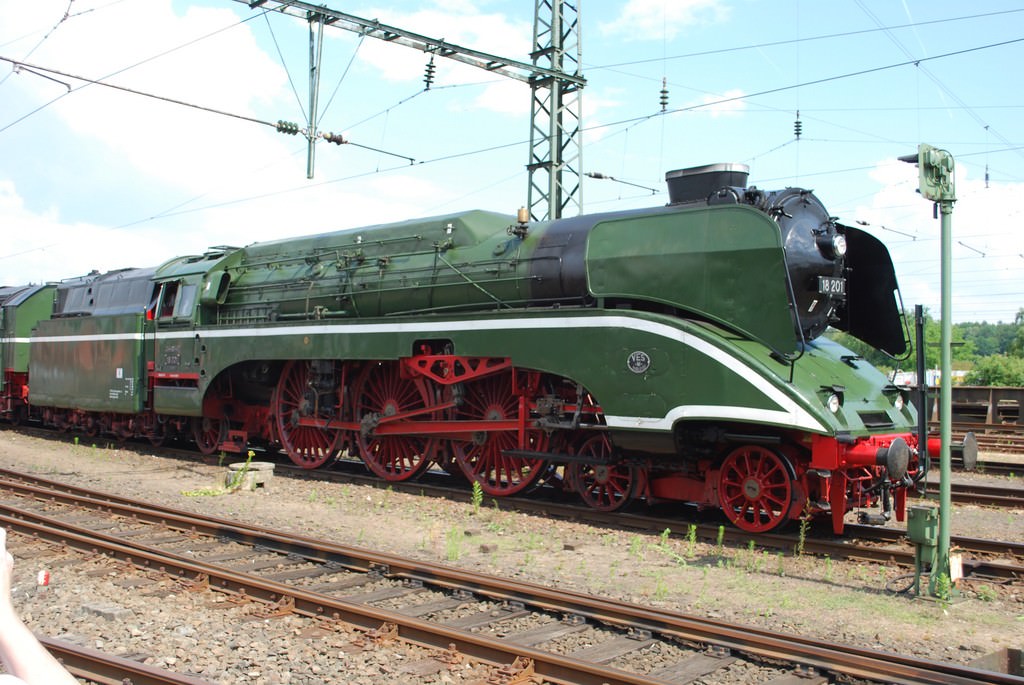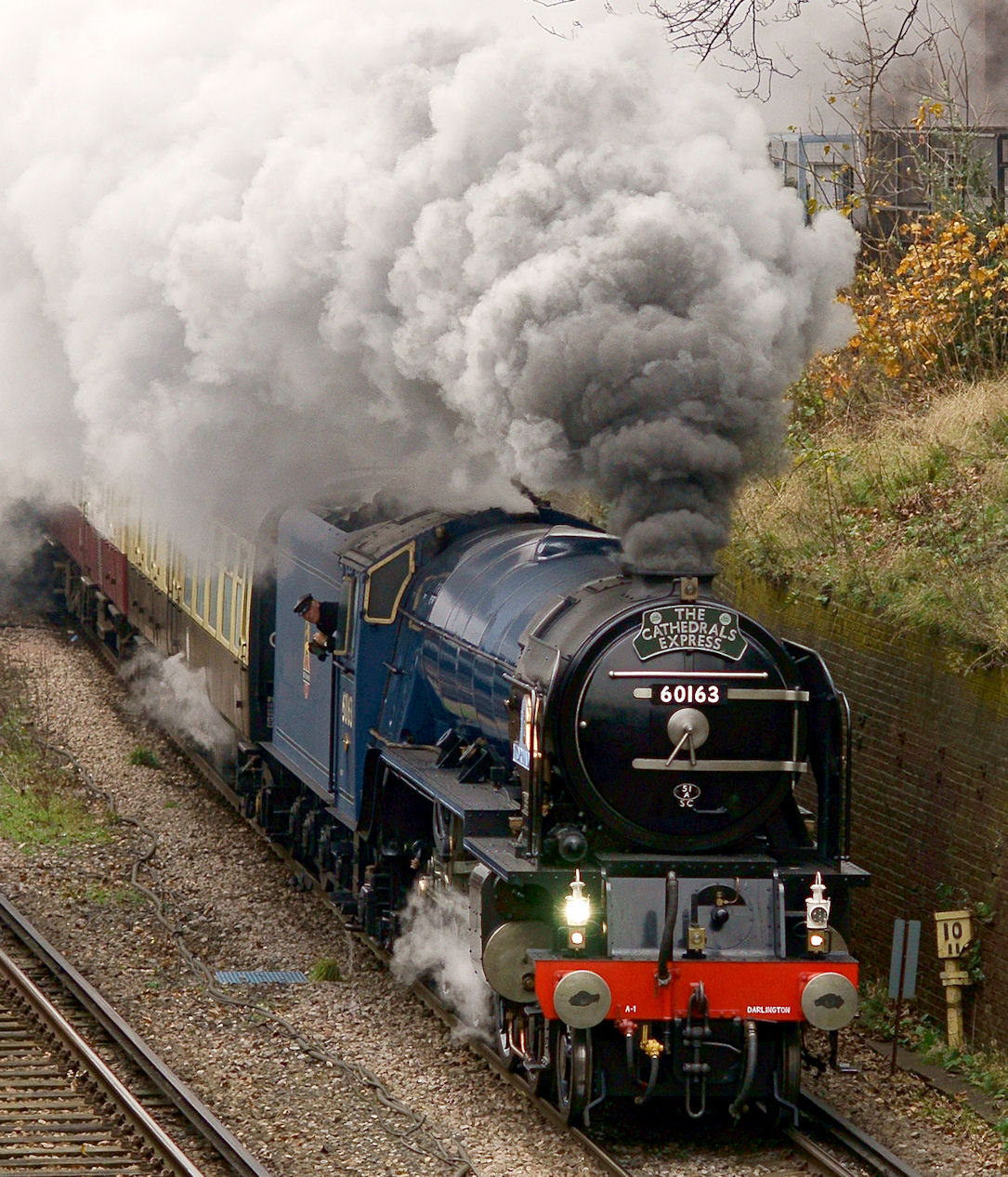

Hundreds of years after their invention, the basic operation of steam locomotives remains largely unchanged despite the upgrade of certain technologies and technical designs on them. Locomotive bells are a popular collector’s item for railway enthusiasts, since they are often one of the only items salvaged from a scrapped train. Bell ringers: Before the incorporation of whistles into the steam locomotive’s design, a common audible signal used on steam locomotives was hand-rung metal bells.Modern locomotives often use an air horn to signal rather than a whistle. The train whistle is also used as a safety warning to anyone on the tracks that a train is approaching. Whistle: The whistle on a steam locomotive is used as an audible signal that the conductor can use to communicate with other railroad workers.These lights also help illuminate the train at night. Marker and class lights: Marker and class lights are additional lighting on the exterior of the steam locomotive that helps designate the class of the train as it stands on the train schedule.In older trains, the illumination of the cab was usually performed by a hanging oil lamp situated near the train’s control panel. Cab lights: The cab lights are the lights on the interior of the train cabin that illuminate the switches, gauges, and levers that the conductor uses to control the train’s movement.In snowy weather conditions, the pilot can also act as a snow plow to push snow off the rails before the wheels reach them. This piece of equipment is also commonly known as a cowcatcher. Pilot: The pilot is the guard on the front of the locomotive that helps deflect any obstacles on the rails which might derail the train.(Source: Cornell Law School) Headlights significantly increased the amount of time that trains could safely operate by allowing them to run all night. These headlights must put off a minimum of 200,000 candelas of light. Headlight: The headlight is situated at the front of the steam locomotive and is designed to help the train conductor see in low light.In many cases, the firebox is attached directly to the locomotive’s boiler.

Fireboxes are usually fed with either coal or flammable oil like kerosene. The heat from this fire is used to boil water into steam to drive the steam engine. Firebox: The firebox is the part of the steam locomotive where fuel is deposited and ignited.These valves then direct the motion of the locomotive cylinders. Steam pistons are manipulated by pushing the steam into the pistons through the piston valves. Steam pistons: The steam pistons are the part of the steam locomotive that drives the locomotive’s movement forward with rotary power.Most steam locomotives operate with a horizontal straight tube fire tube boiler. This is created by using fuel to heat water until it is boiling, causing it to evaporate into the air. Boiler: The boiler is the part of the steam locomotive that is designed to transform water into steam via thermal energy transfer.Here are some of the main parts that make up a steam locomotive:

Steam locomotives are made up of many different parts that can be controlled with a small crew of operators. The mechanical energy generated by a steam engine is used to power its engine cylinders and wheels. Steam engines are powered by thermal energy that is converted to mechanical energy. As the water boils, it is converted to the steam that drives the locomotive’s engine. The heat from the firebox is used to heat water to the point of boiling. Steam locomotives generate steam when fuel is placed in a firebox and ignited. Jeff Hampton How Do Steam Engines Make Steam? However, there are still some steam locomotives in service across the world. Steam locomotives are somewhat rare these days with the advent of newer and more environmentally-friendly technologies. As air pressure builds from the rising steam, it pushes pistons that connect to the driving wheels. As water turns into steam, the volume of the water expands. In steam locomotives, water is heated by a fuel such as coal or oil until it transforms into steam. All steam locomotives operate on the same basic principles of thermal energy transfer. The Mechanics of Steam LocomotionĮven though steam locomotives are complex machines, the mechanics that drive steam locomotion are relatively simple. Read on to learn more about how steam locomotives work and how operators control them. We’ll also learn a little bit about the history behind steam engines and their impact on society. This overview of steam locomotives will give you a complete breakdown of the parts and mechanics that drive them. But how exactly do steam locomotives work? Steam locomotives are one of the oldest forms of mass transportation, and these trains had a huge historical impact on how America was shaped during its formative years.


 0 kommentar(er)
0 kommentar(er)
